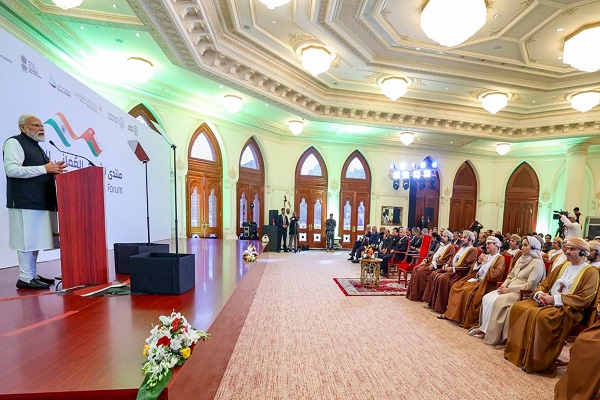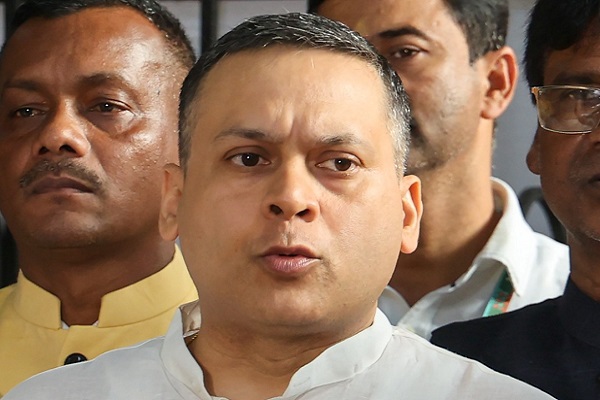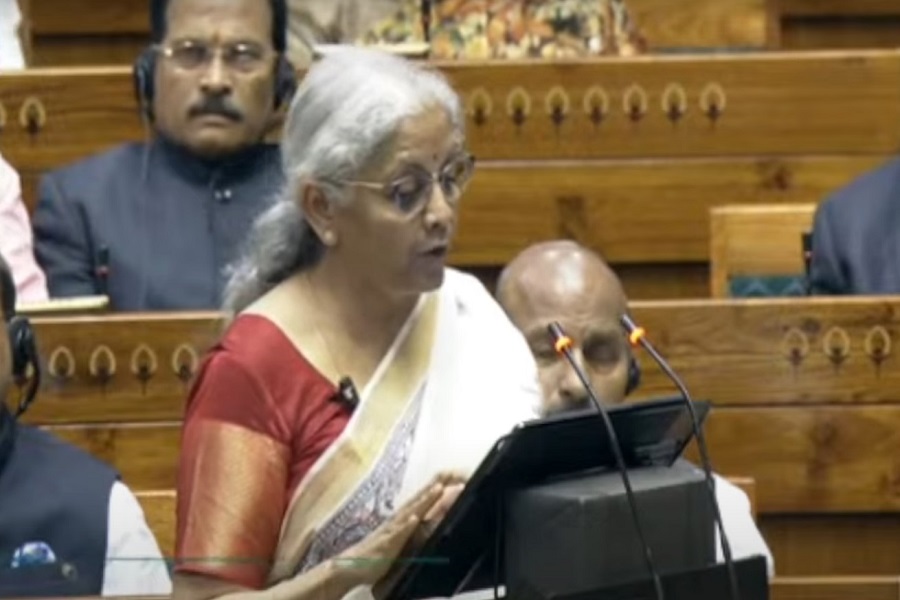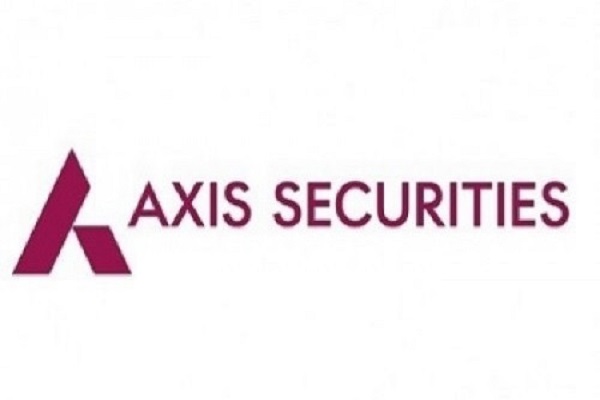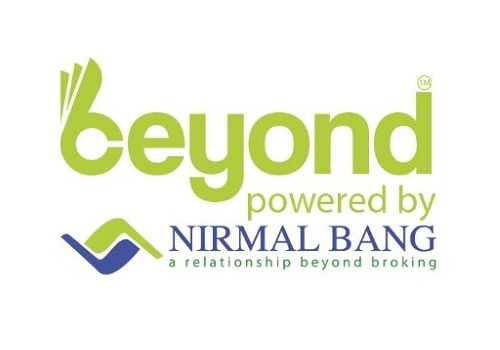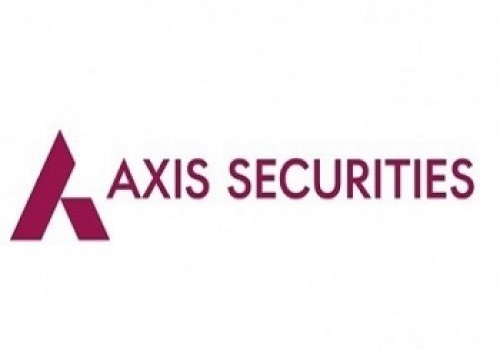ESG: India aiming to launch carbon market by mid-2026 by Kotak Institutional Equities (KIE)

India aiming to launch carbon market by mid-2026
We attended India’s first-ever international conference on carbon markets, PRAKRITI 2025, held on February 24-25, in New Delhi, organized by the BEE under the aegis of the Ministry of Power and MoEFCC. The conference provided a crucial platform for discussions and ideas to enable India to launch a robust, efficient and effective carbon market by mid-2026.
India to implement CCTS under compliance and offset mechanisms
India will implement a Carbon Credit Trading Scheme (CCTS) under two mechanisms: a compliance mechanism and an offset mechanism, as notified in 2023 (see Exhibit 1). In the compliance mechanism, the obligated entities will comply with the prescribed GHG emission intensity reduction norms in each compliance cycle of CCTS (see Exhibit 2). The obligated entities that reduce their GHG emission intensity below the prescribed intensity will be eligible for the issuance of Carbon Credit Certificates (CCCs) (see Exhibit 3). In the offset mechanism, the non-obligated entities can register their projects for GHG emission reduction/removal/avoidance for the issuance of CCCs. The government has notified 9 energy-intensive sectors (earlier included in the PAT scheme) to be initially included in the compliance mechanism and 10 sectors to be included in the offset mechanism in two phases (see Exhibits 4-5).
Challenges for effective implementation of CCTS need to be addressed
Various international experts at the conference opined that the Indian Carbon Market (ICM) may face the challenges of low carbon prices and low market liquidity at first, as seen in other markets. This could be all the more challenging when large, long-standing ETSs in the EU, New Zealand, Korea and the UK are witnessing significant price declines (see Exhibit 6). Markets such as EU-ETS and K-ETS have come up with different concepts such as the Market Stability Reserve and Market Maker System to avert the risk of price instability stemming from oversupply. They highlighted that India also needs to ensure stringent regulations for the effective roll-out of CCTS. Further, transparency and integrity issues around the carbon credits warrant a strict regulatory framework. The initial exclusion of the energy sector, the biggest contributor of GHG emissions in India, from the compliance mechanism was also highlighted, which needs to be addressed in due course.
Robust MRV systems and digital infrastructure will play a crucial role in ICM
Taking cognizance of the potential challenges involved in the implementation of a robust ICM, the BEE has developed a comprehensive Measurement, Reporting, and Verification (MRV) framework under the compliance mechanism. One of the essential aspects is the requirement for annual verification of GHG emissions data by BEE-accredited carbon verification agencies. Leveraging digital technologies via the establishment of an online ICM portal and the adoption of AI and blockchain technologies for verification could be advantageous for ICM. This could enable India to participate in the global carbon market under Article 6. Further, the setting up of pragmatic and progressive emission intensity targets and penalties will be other critical measures to watch out for (see Exhibits 7-8).
Above views are of the author and not of the website kindly read disclaimer



